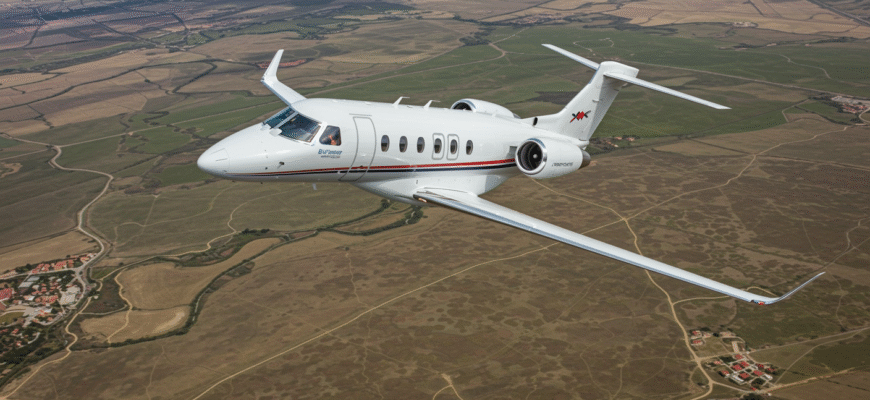Private jet travel to and from Afghanistan isn’t about luxury. It’s about fast access, complex logistics, and high-stakes missions. You won’t find champagne wishes and Instagrammable flights—these are charters for people moving through chaos with a plan. So who’s getting on these planes? It’s not millionaires on vacation. It’s crisis responders, embassy envoys, journalists chasing volatile stories, aid workers deploying to remote provinces, or contractors pulling out fast. The question they ask isn’t “How plush is the cabin?” It’s “Can this thing land and get out fast if things go sideways?”
The commercial airline circuit doesn’t flex for Afghanistan like it does in safer regions. Routes are sparse, carriers are hesitant, layovers take forever, and visas stack up with inconsistencies. Jet charters step in for one major reason: public options just don’t cut it.
Travelers headed into or out of Afghanistan aren’t scrolling for deals—they’re drilling logistics:
- Who controls the airspace this week?
- Are RED zones shifting again?
- Will this aircraft even handle Kabul’s altitude or Herat’s rough strip?
These aren’t hypotheticals—they’re daily planning hurdles. Ask anyone who’s been dropped into a conflict zone on three hours’ notice: time, access, and safety always outrun luxury.
The Unique Stressors Of Flying Into A High-Risk Zone
Flying a jet into Afghanistan isn’t a straightforward in-and-out. The airspace is unpredictable. One day green, next day red. Last-minute closures or restricted routes can reroute entire operations or ground aircraft overnight. Pilots flying into these regions study zone classifications like tactical blueprints—because one wrong decision over the wrong terrain is more than a delay; it’s a risk.
The main decision-makers include ground control shift leads, foreign military watchers, regional radar hubs—or sometimes just whoever has operational control that morning. Pilots can’t rely on autopilot here; evasive routing is sometimes required, and visibility might not play nice with even the most advanced tech.
| Airspace Type | Description | Flight Impact |
|---|---|---|
| GREEN | Generally stable, cleared for flight | Standard routing allowed |
| YELLOW | Alert status, limited overflight allowed | May require altitude changes or reroutes |
| RED | No-fly zone / volatile engagements | Complete reroute or cancelation |
This isn’t just annoying delay stuff—it’s about knowing if you can get in, and if you can get out again without putting lives in danger.
Permits, Clearances, And Bureaucracy
Anything flying into Afghan airspace needs approvals from multiple layers of authority. There’s the Afghan Civil Aviation Authority (yes, still functioning), and for certain airfields or missions, remnants of NATO command structures or regional military presence. If the route crosses multiple nations, each border may need separate overflight permits—especially true if passing Iran, Turkmenistan, or other tightly monitored zones.
Non-negotiables include:
- Landing permits (must be tied to airfield-level clearance)
- Passenger and crew manifests pre-submitted
- Diplomatic or agency letters (for aid or political work)
For urgent ops—medical flights, evacuations, diplomat relocations—permits can be fast-tracked. Some brokers have arrangements set up where approvals land via back-channel phone calls, not just emailed PDFs. But even then, you’re talking about trip planning that starts in hours, not months.
Charting Departure And Arrival
When it comes to launching flights into Afghanistan safely and on-time, where you take off from matters just as much as where you land. Most ops start from:
- Dubai: UAE neutral stance plus proximity make it a go-to
- Islamabad: Key exit route with short-flight accessibility
- Tashkent: Used for UN coveraged flights and low-profile entries
Flight durations depend on the aircraft type and whether redirection is needed mid-air. Kabul from Islamabad is under an hour. From Dubai, it’s about 3 hours nonstop in a midsize jet. But turbulence here isn’t just weather—it’s political. If Iranian airspace closes on a short notice, your pilot has to be ready with three alternate plans instantly lined up.
Crew regulations add another layer. With long hours, night ops, or stressful rerouting, pilot fatigue clocks faster than usual. Some crews rotate at the origin; others swap mid-circuit via ground crew floaters, especially in charter chains serving aid missions.
Kabul International (Hamid Karzai): The Rugged Gateway
You don’t just waltz into Kabul International. The airport sits over 1,700 meters above sea level, which puts immediate strain on aircraft performance. Thin air means longer takeoff runs, slower climbs, and payload restrictions. Every jet gets recalibrated on arrival data—including winds, temp, and load—and any misjudgment means go-around or reroute.
On the ground, coordination is tight. Ground handling crews are present but often stretched thin—working in joint pockets of international contractors and local teams. Expect delays in refueling or inefficient baggage ops unless your charter has pre-cleared staff on call.
VIP lounges do exist and are functional, but don’t expect five-star flash. They’re used more for rapid logistics than luxury waiting. If your party includes top-tier diplomats or sensitive cargo, ground escorts meet the plane and whisk teams airside in minutes, bypassing customs or terminal wait entirely.
Alternate Airport Options In Country
Kabul may be the headliner, but it’s not the only venue. Flights also land in Herat, Mazar-i-Sharif, and Kandahar, depending on mission type and security clearances. Each comes with its own quirks—from runway quality to who actually holds the keys to the gate.
- Herat: Civilian use possible, but ground control may change hands depending on the week
- Mazar-i-Sharif: Often used by aid convoys, but handling services patchy
- Kandahar: High alert zone, military backing often required
Security remains fluid. A terminal controlled by one faction today could be under another one tomorrow. Charter companies often work with in-country fixers or airfield coordinators to get near real-time info—flight clearances often hinge less on paperwork and more on who picks up the call on landing day.
Whether you’re bringing journalists, medical cargo, or a classified diplomat, understanding which names guarantee safe tarmac access that week isn’t just helpful—it’s the whole game.
Aircraft Types and Mission Profiles
Afghanistan isn’t the kind of place where you roll the dice on a plane you’ve never flown. Every aircraft type serving here punches above its weight in reliability, adaptability, or sheer grit. For rough airstrips and short-haul jobs, King Airs and Pilatus PC-12s do the dirty work—flying into gravel strips and mountain towns nobody adds to their travel wishlist.
On longer routes or diplomatic runs, midsize jets like the Citation XLS or Challenger 604 get tapped. They balance comfort, speed, and the ability to land where commercial birds can’t. Full-on missions involving press crews, support staff, and gear? That’s when the heavyweights arrive. Think Gulfstream G550s, Bombardier Globals, even Boeing Business Jets on rare occasions.
How each one is chosen depends on the goal. NGO supply drop? You want rugged equipment, maybe single-pilot ops. Hauling pet carriers and medevac kits? Aircraft gets modified fast, often with a day’s notice. Flying a high-value diplomat? You’d better believe no cockpit rookie is getting the keys. These missions demand deep regional knowledge and pilots who’ve seen dicey landings before—not just logbook padding.
And sometimes the cargo’s downright weird– armored vests, satellite labs, or crates marked “do not x-ray.” You don’t pick a plane by the brochure—you match it to the mission like your life (and someone else’s) depends on it.
What Clients Usually Ask For: The Real-Life Requests
Some of the most common client demands sound more like spy-movie scenes than travel bookings. Think armed escorts right from aircraft stairs, flight deck certifications for routes that graze hostile airspace, or branding-free cabins that keep the “who” out of camera range.
The personal side matters too. Journalists, whistleblowers, and defectors? They’re not booking for comfort—they need privacy and coordination with embassies or black-ops level discretion. One notorious run involved a small team rushing a media crew out of Herat under total radio silence… while another charter was rigged last-minute for a mobile disease lab, mid-pandemic, complete with sample fridges and PPE carts onboard.
It’s not always dramatic—but the stakes are high. A pet tiger for an oil exec’s family? Sure, it’s happened. A high-risk evac of a threatened translator’s family? More than once. No matter the request, one truth holds: You better be ready to say “yes”—fast, quietly, and without drama.
Practical Tips for Operators and Decision-Makers
- Expect overnight game-changers: Border laws shift, permits get revoked, airfields close. Flexibility isn’t a strategy—it’s survival here.
- Double-down on risk prep: Cross-check your security briefings with intel that extends beyond aviation—local chatter matters more than headlines.
- Use ground insiders: Your best asset isn’t always the pilot—it’s the fixer who knows every checkpoint guard by name and which cafe near Mazar has working Wi-Fi.
In this space, it’s not about prestige charters—it’s counting on people who’ve done this before and know how to reroute mid-air with ten minutes’ notice and no questions asked.









